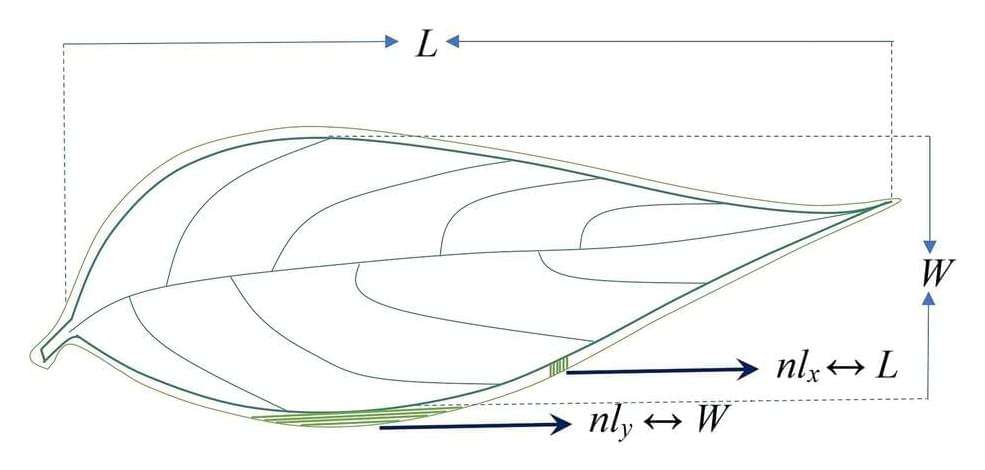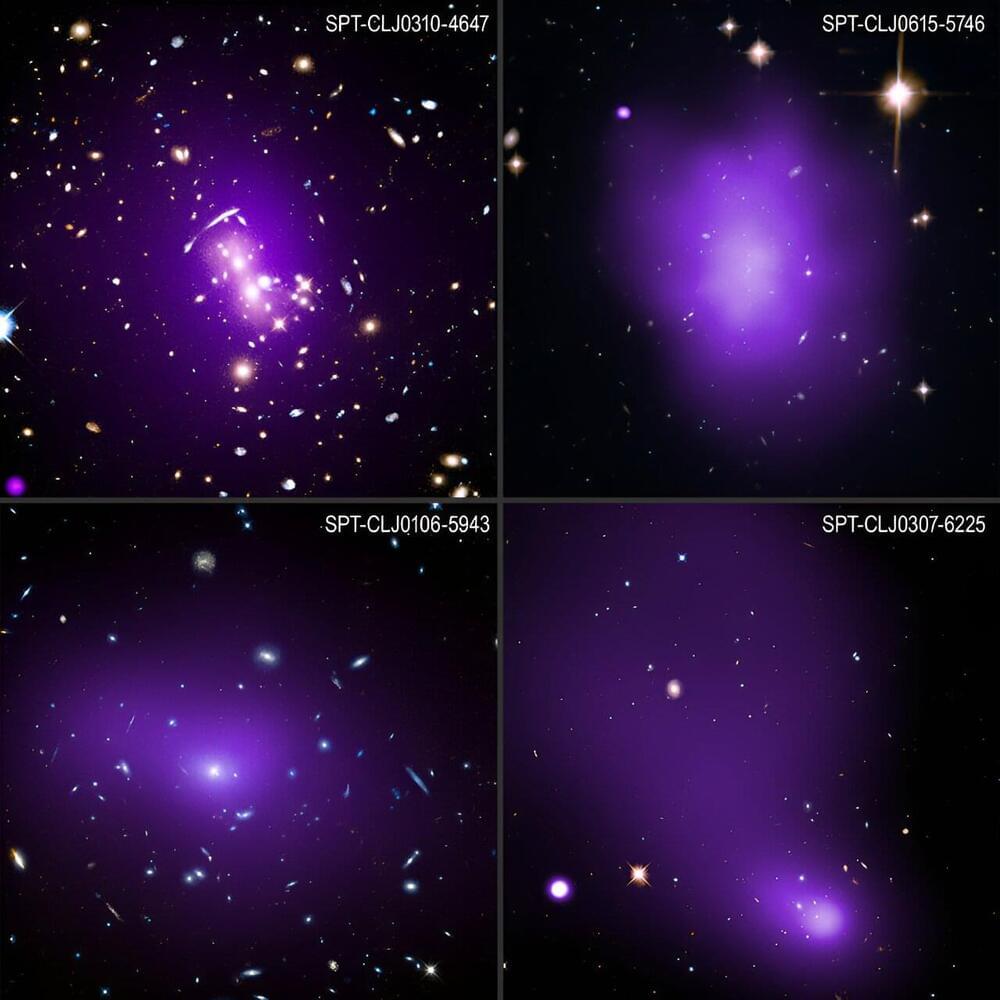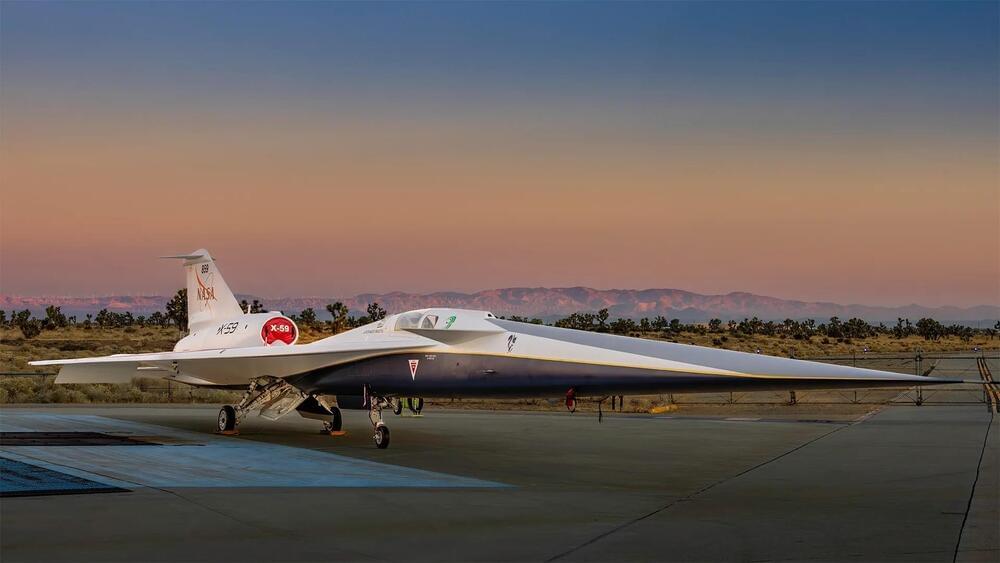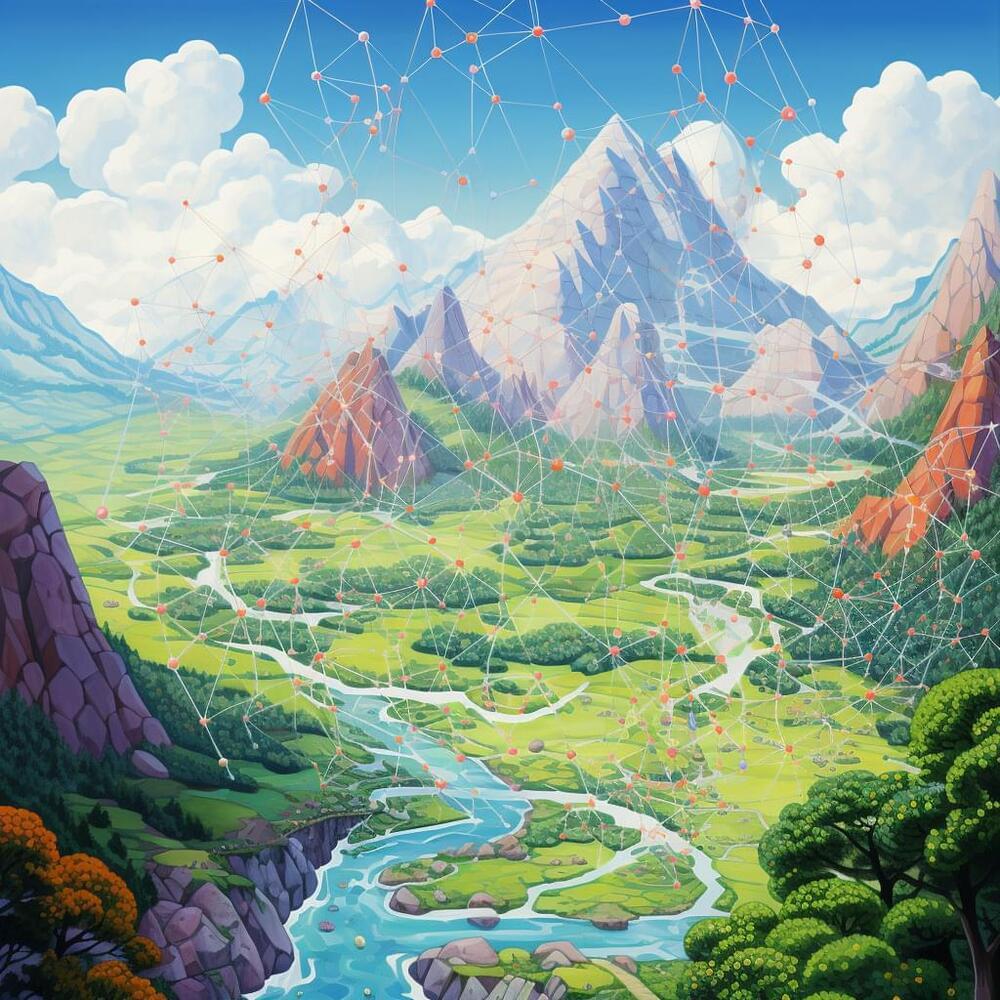Many organisms can produce minerals or mineralized tissue. A well-known example is nacre, which is used in jewelry because of its iridescent colors. Chemically speaking, its formation begins with a mollusk extracting calcium and carbonate ions from water. However, the exact processes and conditions that lead to nacre, a composite of biopolymers and platelets of crystalline calcium carbonate, are the subject of intense debate among experts, and different theories exist.
Researchers do agree that non-crystalline intermediates, such as amorphous calcium carbonate (ACC), play a crucial role in biomineralization. Lobsters and other crustaceans, for example, keep a supply of ACC in their stomachs, which they use to build a new shell after molting. In a recent study published in Nature Communications, researchers from the University of Konstanz and Leibniz University Hannover have now succeeded in deciphering the formation pathway of ACC.









